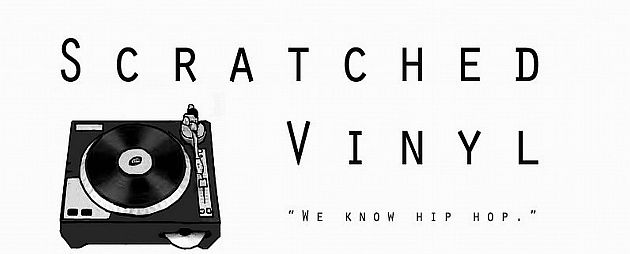The Record: Contemporary ART and VINYL edited by Trevor Schoonmaker
Written by Alyx Vesey on August 23, 2012Media is defined by its symbolic properties and its materiality. The television is at once the gathering site for the Seinfeld finale and that thing you dust or carry in your back pocket. bell hooks’ Reel to Real: Race, Sex, and Class at the Movies radically transformed my opinions on identity and cinematic representation, but my secondhand copy is also valuable because the author inscribed a message to the previous owner. Music is no different. My copy of Cibo Matto’s Viva! La Woman! aurally represents a particular time in my life and weighs down cardboard boxes and record bags with each residential move or DJ gig.
The Record: Contemporary ART and VINYL’s central concern is music’s psychological and physical heft. The anthology, edited by Trevor Schoonmaker, coincides with the museum exhibit he curated for the Nasher Museum of Art at Duke University. Keen to its audience’s fetishes, the book actually resembles a record. The collection covers quite a bit of ground, but all of the pieces are interested in what people do with records.
In his foreword, Schoonmaker acknowledges how established artists like Jean-Michel Basquiat regarded vinyl as a malleable muse while outsider artists like Mingering Mike created cover art for cardboard in order to breathe life into personae and (often unrecorded) music as limitless as their imaginations. Schoonmaker also acknowledges innovations in phonographic technology, as do Piotr Orlov and Carlo McCormick. A number of contributors are invested in vinyl’s communal and transnational potential. Superchunk front man and Merge Records cofounder Mac McCaughlin relates the format to the scene he helped develop in Durham, North Carolina. Charles McGovern pays tribute to the record store as a regional site for networking, community building, and information gathering now on the verge of extinction. Mark Katz observes record collecting as its own distinct culture. British journalist Vivien Goldman celebrates Jamaica’s contributions to music production and DJ culture. Scholar Josh Kun outlines Mexican Americans’ musical migration patterns throughout the early and mid-twentieth century to argue “there is no history of the record that is not also a history of its movement and travels across the boarders of countries.” Jeff Chang also uses a historical framework to talk about the concurrent technological and socioeconomic developments and restrictions placed on urban-based DJs, MCs, and visual artists during the second half of the twentieth century. Barbara London considers how artistic communities influenced Nam June Paik, Laurie Anderson, and Christian Marclay’s radical interventions on vinyl and phonographic technology. This is a point Jennifer Kabat expounds upon in her essay on Robert Rauschenberg’s collaboration with the Talking Heads on the limited edition vinyl pressing of Speaking in Tongues.
Finally, and perhaps most effectively, Dave Tompkins and scholar Mark Anthony Neal turn their interest in vinyl inward. Tompkins processes the experience of living through the fire that scorched his apartment complex by cataloging which records he salvaged or lost. In my favorite essay, Neal uses the format to pay tribute to his father. Such emphasis on personal experience also color and shade Luc Sante, 9th Wonder, and DJ Rekha’s contributions to the anthology.
It’s the blending of histories and hagiographies that make The Record such a dense, affective read. All texts are polysemous. Records can be polyphonic too. By incorporating a variety of different voices, perspectives, and interests, The Record is at once accessible to those new to crate-digging but would be a home in any aficionado’s collection. But here’s hoping at least a few readers deconstruct or repurpose the book to facilitate the creation of their own art. Because what good is media if it just sits and gathers dust on your shelf?
| Title: | Trevor Schoonmaker - The Record: Contemporary ART and VINYL |
|---|---|
| Label: | Duke University Press |
| Year: | 2010 |
| Rating: | 8/10 |
